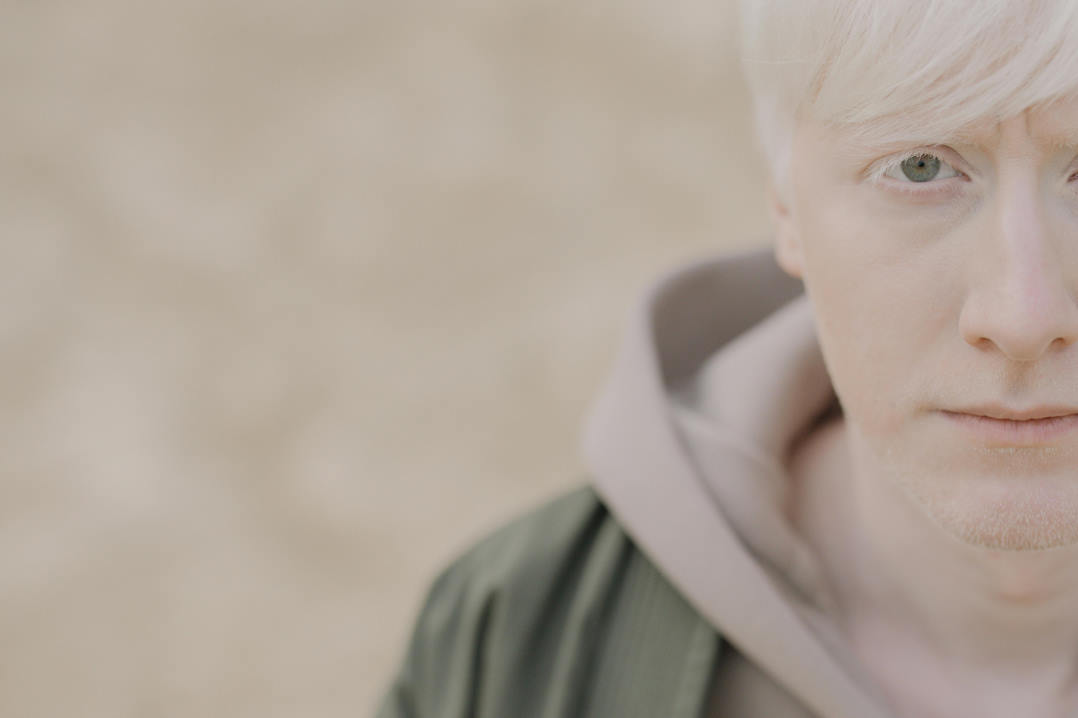Explaining ‘visual snow’
Researchers in Portugal studying what they describe as the common phenomenon of ‘visual snow’, associated it with tinnitus, migraine, entoptic phenomena and a greater capacity to be attentionally absorbed, but not with ophthalmologic problems.
Characterised by tiny flickering dots throughout the entire visual field, researchers said visual snow appears to result from visual cortex hyperactivity and could correlate with the patient’s propensity to be engrossed in sensory and imaginary experiences (absorption). This and patients’ emotional reactions to the phenomena were explored in a large study of 1,564 participants, who were shown an animated graphic simulation of visual snow and asked to rate how frequently they have similar percepts on a scale anchored by 0% and 100% of their waking time, and their degree of distress and fascination.
Led by Professor Rui Miguel Costa, psychologist at ISPA Instituto Universitário, Lisbon, the research team’s three online surveys revealed that around 44% of respondents experience visual snow, with just over two-thirds of them likening it to static on an analogue television; 28% of these reported it caused moderate to high levels of stress, while nearly a third said it caused them no distress at all and 9% said they found the effect fascinating.
While noting further studies might shed more light on its mechanisms and effects, the researchers suggested the brain’s associative visual cortex and thalamus may be involved, with less suppression or lower consciousness thresholds in observers with hyperexcitability of the visual cortex being a possible cause of the phenomenon. Since a core characteristic of engrossment in mental imagery is imagination vividness, it may be associated with visual snow, they added.
The full paper was published in PLOS One.
























